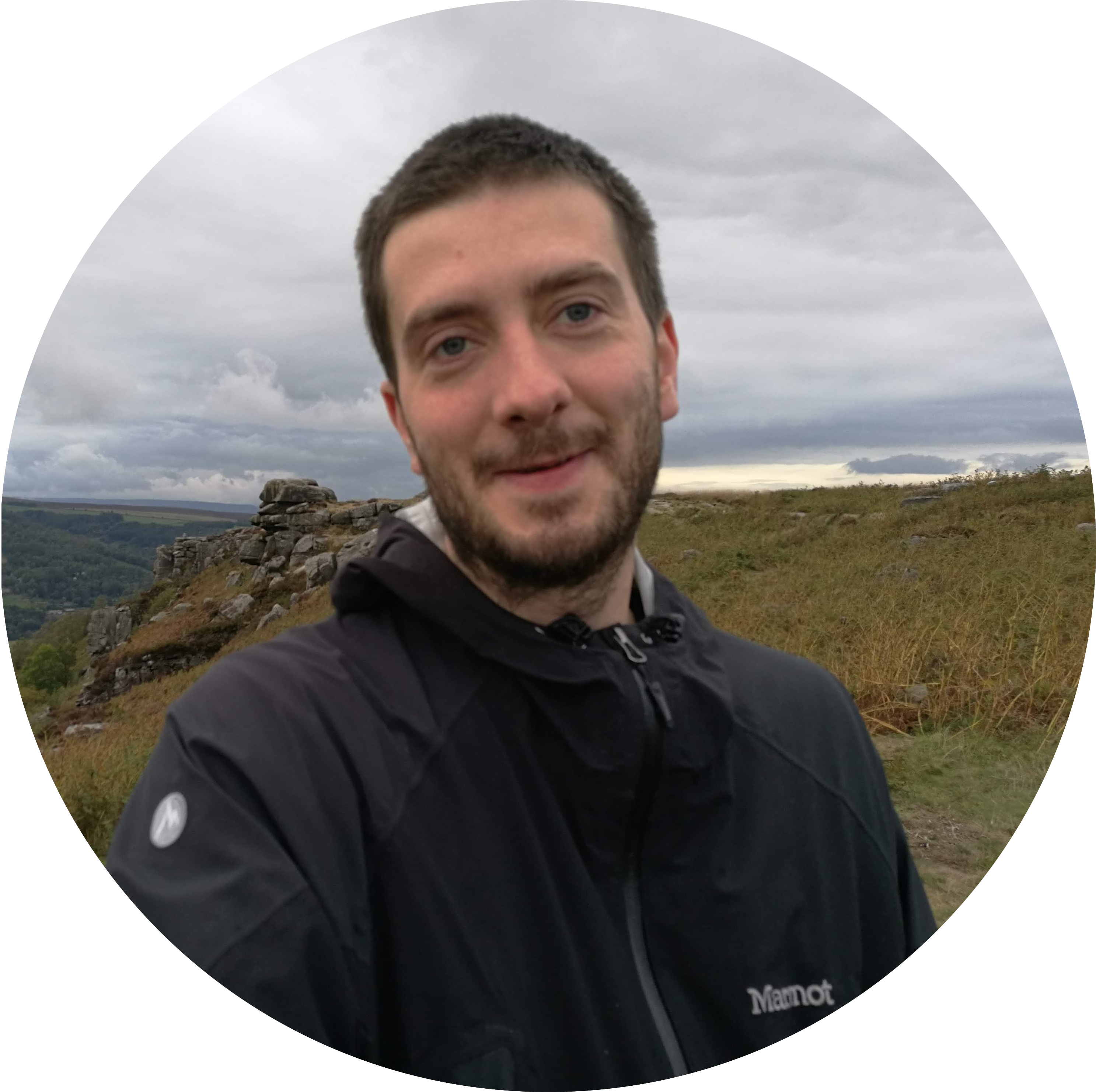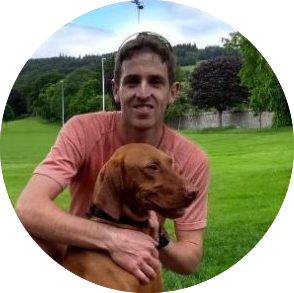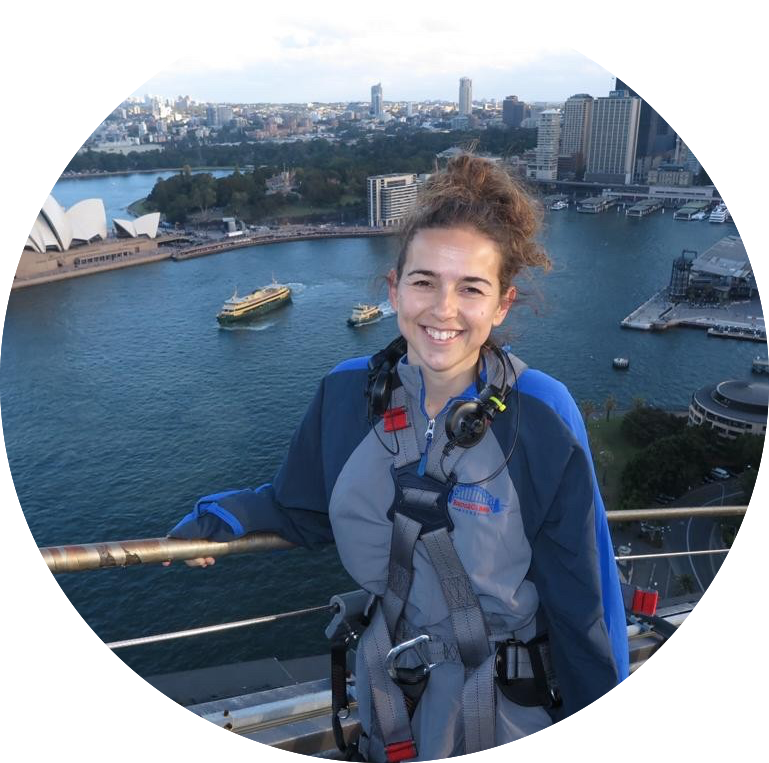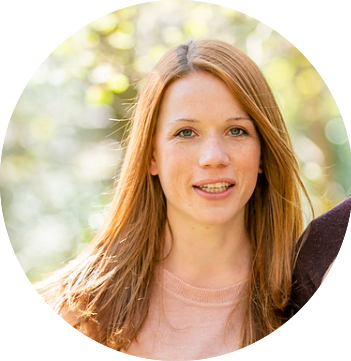#whatWeDo
Training
We provide short courses and workshops to get you up to speed with health economic modelling in R.
We can adapt the sessions and tailor the content to meet the specific requirements of your team.
Or you can enrol in one of our asynchronous online courses, which combine the flexibility of self-paced learning with live online code clinics, where you can ask questions and get help with your code.
Health economic decision modelling
We develop decision analytical models in R. We have experience with all sorts of models, ranging from simple decision trees and Markov models, to sophisticated individual patient simulations. We are also happy to help you figure out what kind of model best fits your decision problem, and/or implement more advanced analytical methods, such as value of information, or calibration. (Why R?)
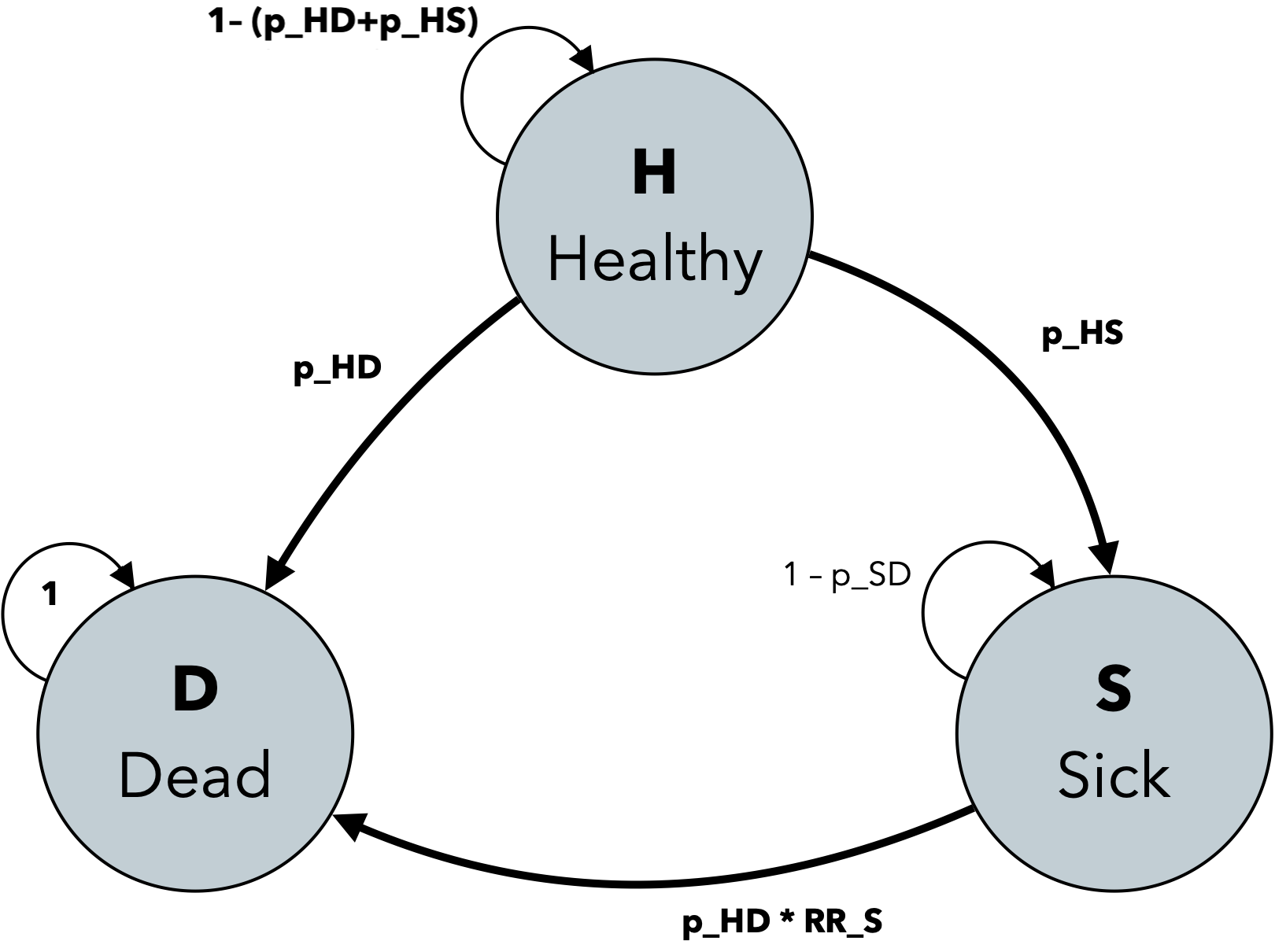
MS Excel → R
Do you have an old, clunky decision model in MS Excel that could do with a turbo boost? Or do you want to upgrade a model and run computationally expensive analyses (like EVPPI)? We 'translate' your model into R, make it faster, easier to use, with a clear documentation, that ensures that it can be easily maintained and updated in the future.

Interactive user-interfaces
Our particular area of expertise is in the creation of bespoke interactive user-interfaces for health economic models constructed in R and data dashboards. We work in short sprints and in close collaboration with you to develop interfaces that are intuitive and easy to use for your target audience.
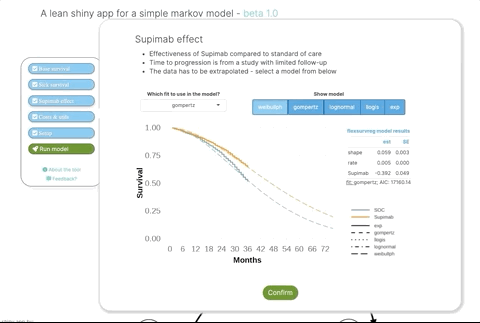
#shinyUI: sadm-mk2 featured
Take a fresh, interactive approach to communicating the results of your decision model - R Shiny allows stakeholders to directly interact with the model and let them try their own scenarios.
sadm-mk2 is a simple prototype of a clean web-based user interface for a time-dependant Markov model. It highlights some of the advantages that R/shiny can offer.

Fast runtime
The sadm-mk2 model is built in R and C++. It runs 1,000 PSA iterations in less than 4 seconds. This allows us to explore many different scenarios 'on the fly', e.g. during a meeting. It also enables running advanced value of information analyses - even value of sample information analyses (estimating the expected benefit from additional trials) are feasible.
Analysis pipeline
Traditionally, decision modelling involved multiple applications: Stata for the survival analysis, Excel with VBA makros for the model, Word and Powerpoint for the reporting. With R, we can now facilitate an integrated analysis pipeline all the way through: figures in your report will be automatically updated if something in the survival model at the beginning is changed.

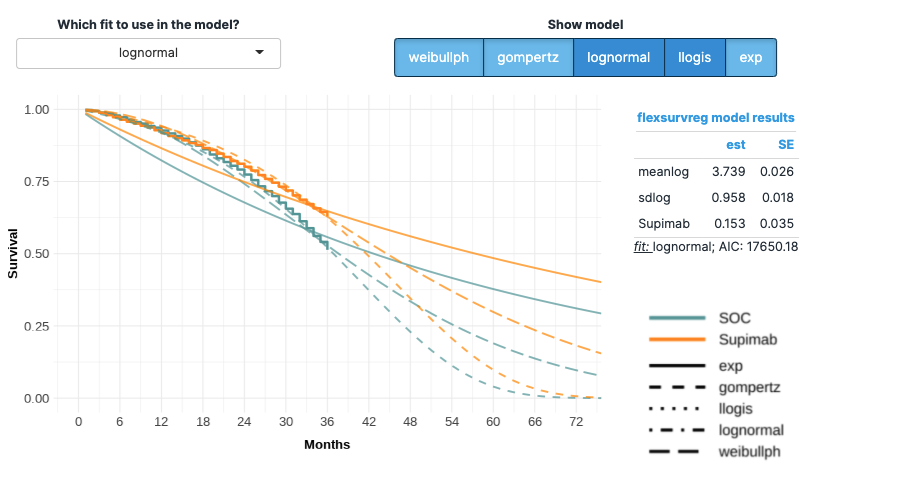
Stakeholder engagement
Web-based user-interfaces allow stakeholders to interact with decision models, even if they are not familiar with R or programming in general. They can tweak different parameters, input their assumptions, and explore their own scenarios. This helps to communicate the results of decision models transparently and more effectively than in a report.
#research
- Smith, R., Thomas, C. Squires, H., Götschi, T., Kahlmeier, S., Goyder, E. 2021. The price of precision: trade-offs between usability and validity in the WHO Health Economic Assessment Tool for walking and cycling. Public Health. https://doi.org/10.1016/j.puhe.2021.03.016
- Schneider, P., 2020. Social tariffs and democratic choice–do population-based health state values reflect the will of the people? Health Economics. https://doi.org/10.1002/hec.4179
- Smith, R and Schneider, P. 2020. Making health economic models Shiny: A tutorial. Wellcome Open Research, 5:69. https://doi.org/10.12688/wellcomeopenres.15807.2
- Smith, R.A., Schneider, P.P., Cosulich, R., Quirk, H., Bullas, A.M., Haake, S.J. and Goyder, E., 2021. Socioeconomic inequalities in distance to and participation in a community-based running and walking activity: A longitudinal ecological study of parkrun 2010 to 2019. Health & Place, 71, p.102626. https://doi.org/10.1016/j.healthplace.2021.102626
- Schneider, P.P., van Gool, C.J., Spreeuwenberg, P., Hooiveld, M., Donker, G.A., Barnett, D.J. and Paget, J., 2020. Using web search queries to monitor influenza-like illness: an exploratory retrospective analysis, Netherlands, 2017/18 influenza season. Eurosurveillance, 25(21), p.1900221.https://doi.org/10.2807/1560-7917.ES.2020.25.21.1900221
- Schneider, P.P., Smith, R.A., Bullas, A.M., Bayley, T., Haake, S.S., Brennan, A. and Goyder, E. 2020. Multiple deprivation and geographic distance to community physical activity events — achieving equitable access to parkrun in England. Journal of Public Health. 48;53(189). https://doi.org/10.1016/j.puhe.2020.09.002
- Carr, K., Donaldson, C., Wildman, J., Smith, R., & Vernazza, C. 2021. ‘An Examination of Consistency in the Incremental Approach to Willingness to Pay: Evidence Using Societal Values for NHS Dental Services’, Medical Decision Making. https://doi.org/10.1177/0272989x21996329.
- Schneider PP, Pouwels XG, Passos VL, Ramaekers BL, Geurts SM, Ibragimova KI, de Boer M, Erdkamp F, Vriens BE, van de Wouw AJ, den Boer MO. Variability of cost trajectories over the last year of life in patients with advanced breast cancer in the Netherlands. Plos one. 2020 Apr 9;15(4):e0230909. https://doi.org/10.1371/journal.pone.0230909
- Smith, R., Schneider, P., Bullas, A., Haake, S., Quirk, H., Cosulich, R. and Goyder, E., 2020. Does ethnic density influence community participation in mass participation physical activity events? The case of parkrun in England. Wellcome Open Research, 5(9), p.9. https://doi.org/10.12688/wellcomeopenres.15657.2
- Schneider PP, van Gool CJ, Spreeuwenberg P, Hooiveld M, Donker GA, Barnett DJ, Paget J. Using digital epidemiology methods to monitor influenza-like illness in the Netherlands in real-time: the 2017-2018 season. Eurosurveillance. 2020. https://doi.org/10.1101/440867
- Bates, S., Bayley, T., Norman, P., Breeze, P. and Brennan, A., 2020. A Systematic Review of Methods to Predict Weight Trajectories in Health Economic Models of Behavioral Weight-Management Programs: The Potential Role of Psychosocial Factors. Medical Decision Making, 40(1), pp.90-105. https://doi.org/10.1177/0272989x19889897
- Bates, S., Reeve, B. and Trevena, H., 2020. A narrative review of online food delivery in Australia: challenges and opportunities for public health nutrition policy. Public Health Nutrition, pp.1-11. http://dx.doi.org/10.1017/S1368980020000701
- Schneider PP, Smith RA, Bullas AM, Bayley T, Haake SSJ, Brennan A, Goyder E. Identifying Optimal Locations for Maximising Access to parkrun – Interactive online map. 2019. (website)
- Smith, R. (2018). An analysis of the HEAT tool method for valuing the benefits of physical activity. HEAT Team Internal Report. World Health Organisation Regional Office for Europe.
- Schneider PP, Geraedts M. Staffing and the incidence of pressure ulcers in German hospitals: A multicenter cross-sectional study. Nursing Health Sciences. 2016. http://dx.doi.org/10.4126/FRL01-006402986
- 7th Sept 2022 - EARL Conference - Living HTA: Automating HTA with R. Slides here
- 21st May 2022 - R-HTA Conference - Living HTA: Automating HTA with R R for HTA 2022 Workshop - Rob Smith Full talk
- 18th May 2022 - University of Sheffield Guest Talk - Living HTA: Automating HTA with R Slides here
- 23rd February 2022 R-HTA LMIC Conference - The potential of RShiny User Interfaces to Support Health Economic Decision Making Slides here
- 10 February 2022 Erasmus MC, Netherlands - Making Erasmus MC Shiny Slides here
- 1st July 2021 - R-HTA Conference - Rise and Shiny: A new dawn for HTA. Slides here
- 25th June 2021 - University of Sheffield - Shiny for HTA. Slides here
- 17th June 2021 - University of Leeds - The greatest possible impact: The Wellcome Trust and open research.Slides here
- 10th March 2021 - World Health Organization - HEAT EAG - Valuing premature deaths averted vs life years saved.
- 20th November 2020- Wellcome blog. Ready to run: Community participation in parkrun. Blog here
- 11th November 2020 - NHS-R Virtual Conference. Making Health Economics Shiny - Slides here.
- 20th October 2020 - Sheffield University Library. Open Research with the Wellcome Trust. Slides here. Slides here
- 27th August 2020 - 'Free Weekly Timed' podcast - parkrun research collaboration. podcast link (Rob is at 22:45-40:00)
- 10th August 2020 - ScHARR, University of Sheffield - Use of R for Health Research. course website here
- 26th June 2020 - R-HTA (UCL) - Markov Models in Shiny. webpage here
- 28th February 2020 - University of Sheffield - Making Health Economic Evaluation Models Shiny (workshop). Slides here
- 4th February 2020 - Sheffield-R group- R for decision science (presentation). Slides here
- 24th January 2020 - Market Access Consultancy - Use of R-Shiny for HTA applications (workshop).
#testimonials
Shiny UI and R Model Review
"I am not sure I can think of anything that we could have done better in this project – to be honest it went remarkably smoothly from the outset and you were very responsive to all our queries. Given the overall outcome for [the client], the project was a barnstorming success – so thank you for your support!".
Bespoke R for HTA Online Course
"I very much enjoyed the course and really appreciated the efforts of the leaders to look into questions/add in extra material in between sessions to make the course as tailored and relevant to us as possible - you definitely exceeded expectations in this respect. Thank you!"
Individual patient simulation with UI
"[The client] was very impressed and liked it ! There are a couple of things arising, one being that they liked it so much they were wondering about converting the other model(s) into a similar format. [...]"
"They were super impressed !"
R4ScHARR online course
"Really accessible, loved the format of the website with practice questions. This made it far less daunting for a complete beginner like myself".
"The examples were very good to work through. Clear explanation. Lots of chances to ask questions. Really very well run".
